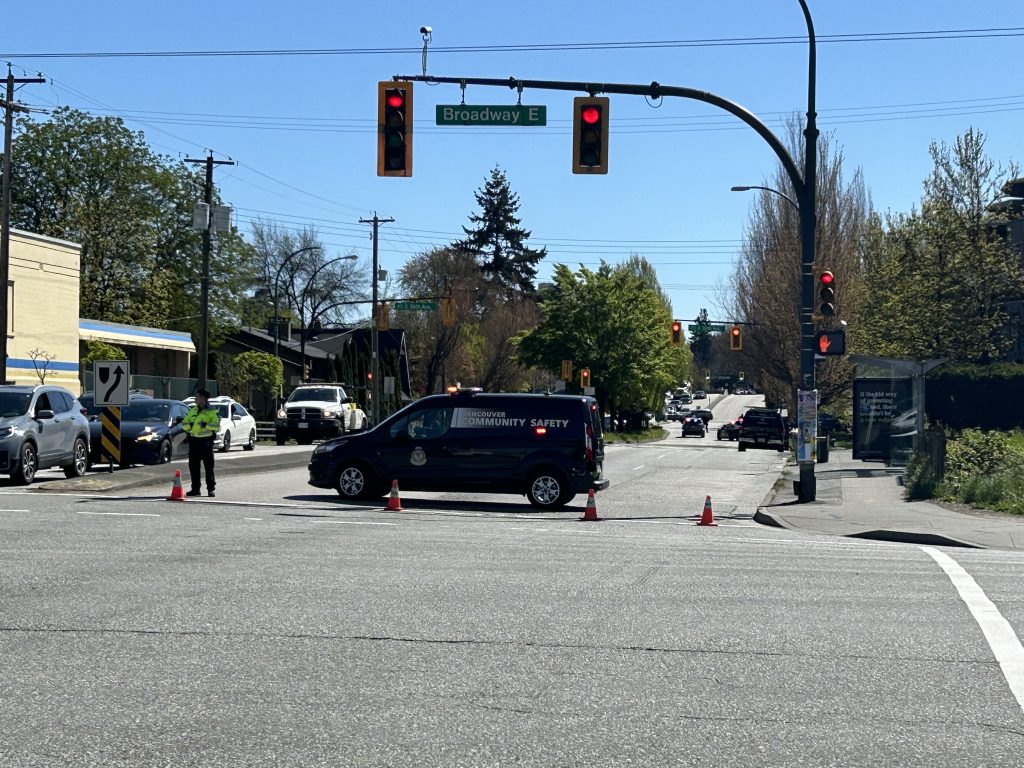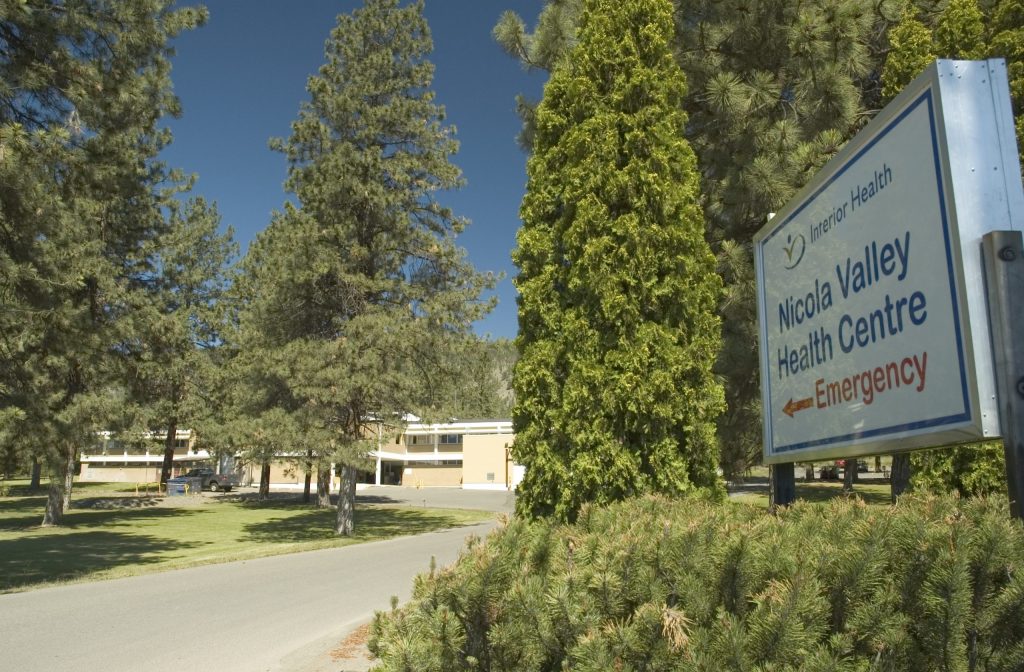Key dates in the history of the Trans Mountain oil pipeline from Alberta to B.C.
Posted May 19, 2016 9:17 am.
Last Updated May 19, 2016 2:00 pm.
This article is more than 5 years old.
CALGARY – Kinder Morgan’s proposal to triple the capacity of its 63-year-old Trans Mountain oil pipeline to 900,000 barrels per day has faced a rough ride from environmentalists, aboriginal groups and municipalities. It is not the first expansion of the pipeline, but it has faced the most scrutiny.
Here are some key dates in the history of the Trans Mountain pipeline, which was granted conditional approval Thursday by the National Energy Board for its planned expansion:
October 1953: The Trans Mountain pipeline begins shipping oil with an initial capacity of 150,000 barrels per day. The project features four pump stations along its 1,150-kilometre route and a marine dock that connects loading facilities on the east side of Edmonton with ocean tankers in Burnaby, B.C.
1957: Pipeline capacity is expanded via the construction of a 160-kilometre pipeline loop. The Westridge Marine Terminal is built and commissioned in Burnaby, B.C.
Jan. 14, 1985: Trans Mountain’s biggest spill occurs at a tank farm in the Edmonton area. Nearly 10,000 barrels of oil are released.
2006-08: The Anchor Loop project adds 160 kilometres of new pipeline through Jasper National Park and Mount Robson Provincial Park between Hinton, Alta., and Hargreaves, B.C. The extension includes 13 new pump stations and modifications to existing stations, increasing capacity from 260,000 bpd to 300,000 bpd.
Feb. 21, 2012: Kinder Morgan says it wants to expand the Trans Mountain pipeline after receiving support from oil shippers and will begin public consultations.
Dec. 16, 2013: An application is made to the NEB to expand the Trans Mountain pipeline, with construction proposed to begin in 2017 and service by December 2019.
November 2014: More than 100 people are arrested after they camp out in a conservation area on Burnaby Mountain, east of Vancouver, to block crews from conducting drilling and survey work related to the pipeline expansion. Most of the charges are later dropped.
June 29, 2015: Weeks before the election campaign, Liberal Leader Justin Trudeau promises increased consultation on pipeline projects as part of his party’s environmental platform.
August 2015: The NEB postpones public hearings after striking from the record economic evidence prepared by a Kinder Morgan consultant who was to begin working for the regulator.
Jan. 12, 2016: Alberta Premier Rachel Notley says in a written submission to the NEB that the Trans Mountain pipeline expansion is in the best interests of both Alberta and Canada.
Jan. 27, 2016: The federal Liberal government says pipeline projects such as the Trans Mountain expansion will now be assessed in part on the greenhouse gas emissions produced in the extraction and processing of the oil they carry. Proponents will also be required to improve consultations with aboriginals.
May 17, 2016: Ottawa appoints a three-member panel to conduct an environmental review of the Trans Mountain expansion project and report in November.
May 19, 2016: The National Energy Board recommends conditional approval for the project. The 157 conditions cover emergency preparedness and response, environmental protection and project engineering and safety.










